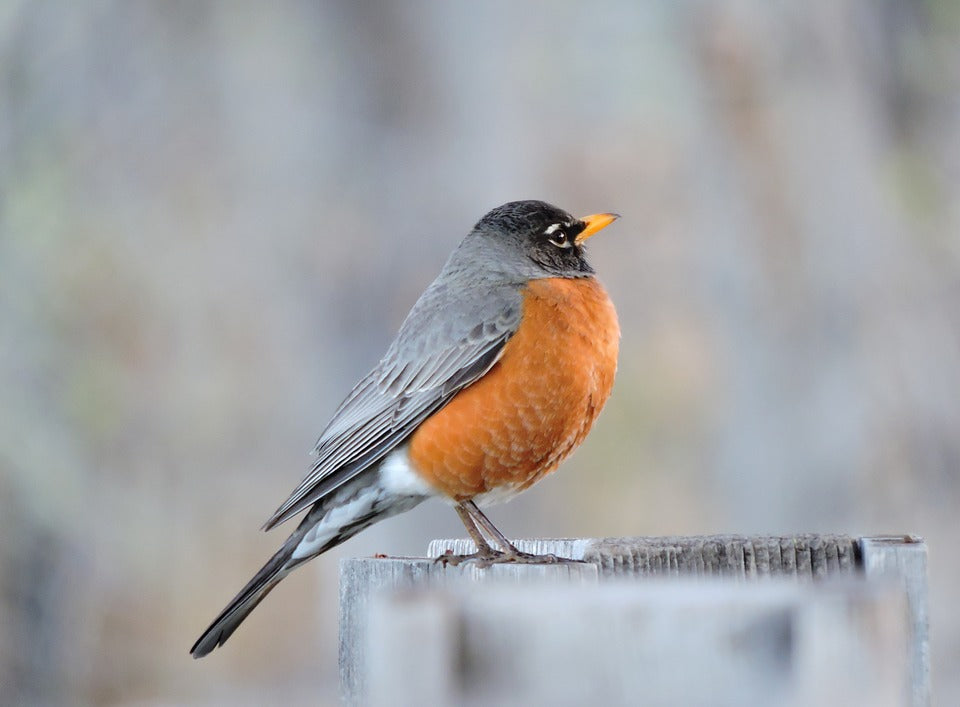Offer
Provide additional details about the offer you're running.
Provide additional details about the offer you're running.
Provide additional details about the offer you're running.

For the most part, we can all understand the reasons birds head south for the winter and how they can accurately time their departure. The other side, the return of the birds in the spring, is not always as cut-and-dry as their south-bound trips.
While birds will intuitively leave their summer homes when two things happen: temperatures begin to drop and food sources begin to become scarce. These two factors lead the way in instinctively telling migrant birds that it is time to head to warmer climates in search of comfort and a more reliable food source.
What has kept birders and researchers busy, however, is trying to pinpoint exactly what it is that triggers those same birds to leave their warmer climates and begin their journey back to their summer homes.
This being said, we know why they return. As the spring begins to melt away the snow, there is an explosion of new growth in the northern United States and Canada, bringing an abundance of seeds, fruits and invertebrates. The very same factors that drove these birds to warmer climates are seemingly the ones that bring them back.
But many want a deeper answer than that.
How do they know? What kind of senses do they have? How can birds spend their winter in say, Florida, and have a keen enough sense to pinpoint the exact moment they should begin heading north?
As humans, we know how erratic weather patterns can be, often surprising us each year. In one year we can experience an early spring, with above average temperatures in February and March, while in other years it seems as if we cannot get rid of winter until the month of May.
Scientists are still digging deep into the science behind migration and Cornell University’s Lab of Ornithology has a hypothesis of their own. The organization believes that these birds are equipped with some sort of “undiscovered interface” that enables them to sense distant temperature and weather conditions.
Many believe this keen sense would explain why a shifting climate can alter migration patterns and the timing of spring migration. In a study performed by the University of East Anglia, researchers found that over a 20-year period, Icelandic black-tailed godwits advanced their spring arrival date by two weeks, as temperatures warmed.
As research continues in the field of migration, as birders, we will keep our ear to the ground about fascinating new developments. As the weather begins to warm, we will just simply keep our eyes in the skies and enjoy the spring migration as it unfolds into one of the most magical times of the year for avid birders.
High Quality Blend